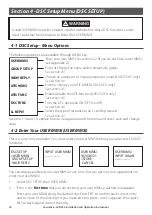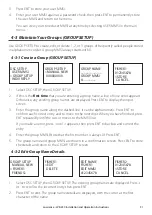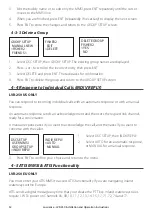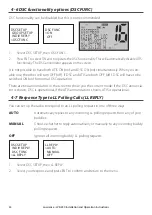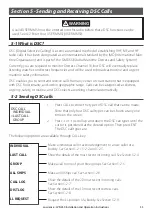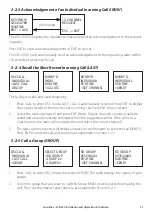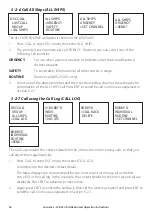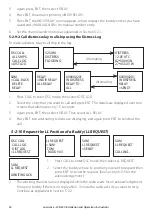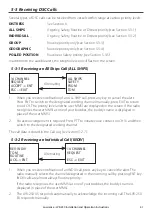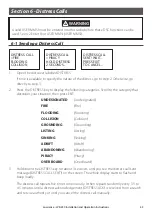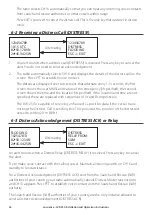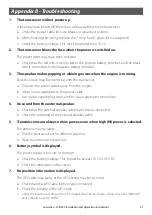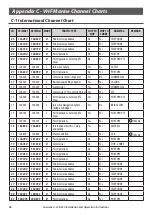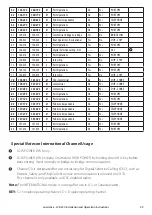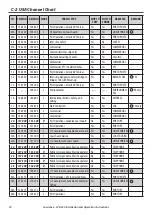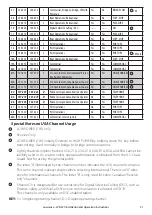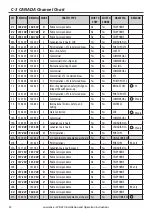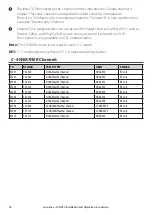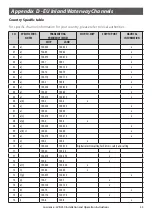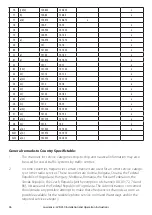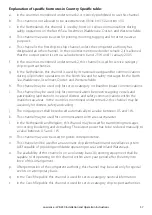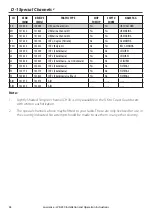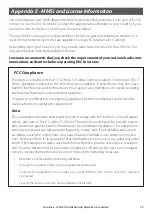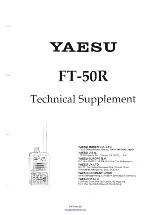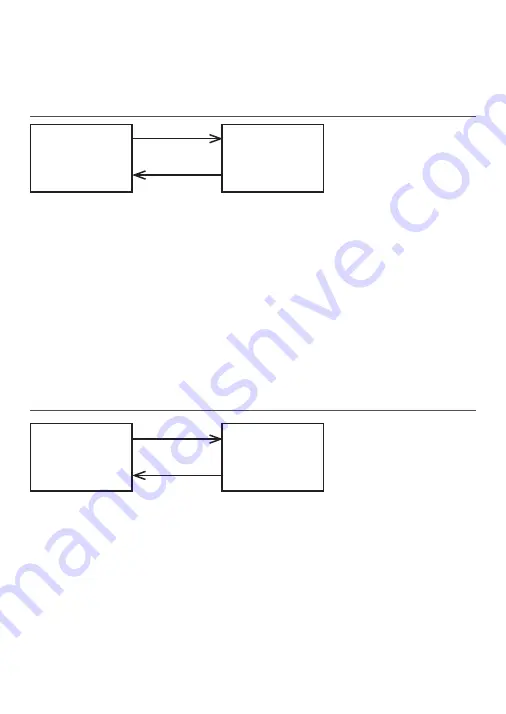
Lowrance - LVR-250 Installation and Operation Instructions
44
The radio selects CH16 automatically so that you can hear any incoming voice contacts
from search and rescue authorities or other vessels within range.
Press EXIT if you need to cancel the distress call. This is the only key that operates in distress
mode.
6-2 Receiving a Distress Call (DISTRESS!)
An alert sounds when a distress call (DISTRESS!) is received. Press any key to cancel the
1.
alert. You do not need to send an acknowledgement.
The radio automatically selects CH16 and displays the details of the distress call on the
2.
screen. Press PTT to establish voice contact.
The details are displayed over two screens that alternate every 1.5 seconds; the first
screen shows the user MMSI and nature of the emergency (if specified), the second
screen shows the time and the location (if specified). If the location and time are not
specified, these are replaced with sequences of 9s and 8s respectively.
The LVR-250 is capable of receiving enhanced LL position data if the vessel trans-
mitting the Distress Call is sending this. This provides the position of the distressed
vessel to within 20 m (60ft).
6-3 Distress Acknowledgement (DISTRESS ACK) or Relay
An alert sounds when a Distress Relay (DISTRESS RELAY) is received. Press any key to cancel
the alert.
Try to make voice contact with the calling vessel. Maintain a listening watch on CH16 and
standby to lend assistance
For a Distress Acknowledgement (DISTRESS ACK) sent from the Search and Rescue (SAR)
authorities of your country, your radio automatically cancels Distress Mode transmissions
and CH16 appears. Press PTT to establish voice contact with the Search and Rescue (SAR)
authority.
The Search and Rescue (SAR) authorities of your country are the only instance allowed to
send a Distress Acknowledgement (DISTRESS ACK).
Alternating
Alternating
123456789
DISTRESS
FLOODING
ESC –> EXIT
123456789
10:15 UTC
82º50.1789 N
24º45.3425 W
DISTRESS
RELAY FROM:
SAM
ESC –> EXIT
FLOODING
102547813
82º50.1234 N
24º45.3425 W

